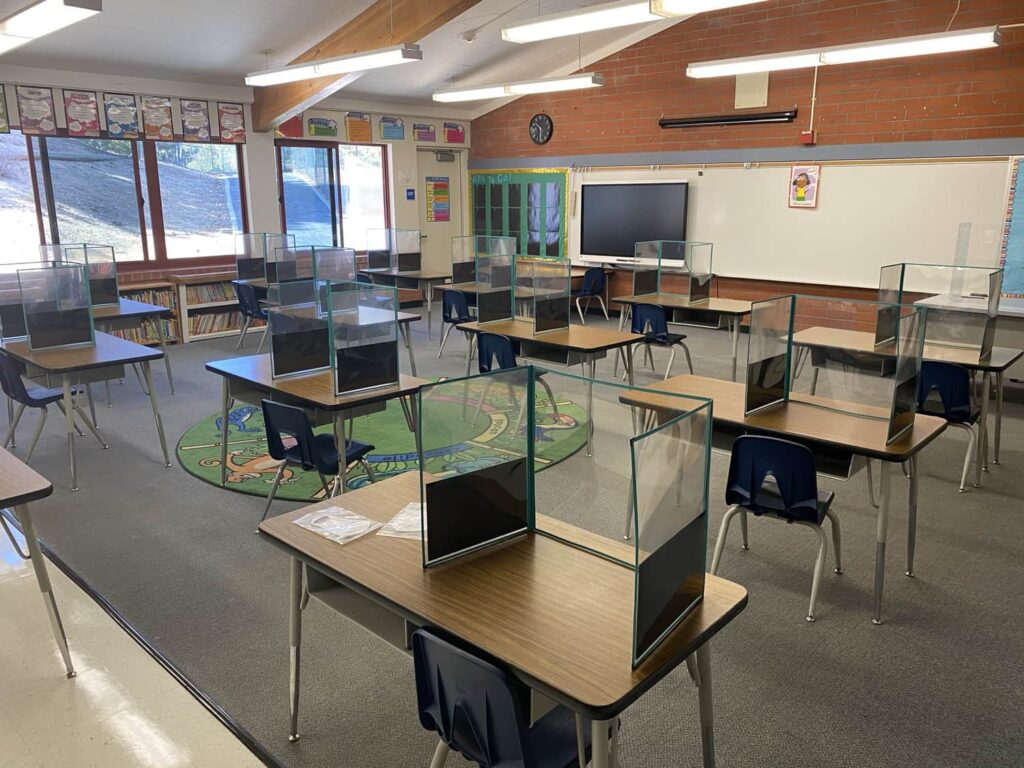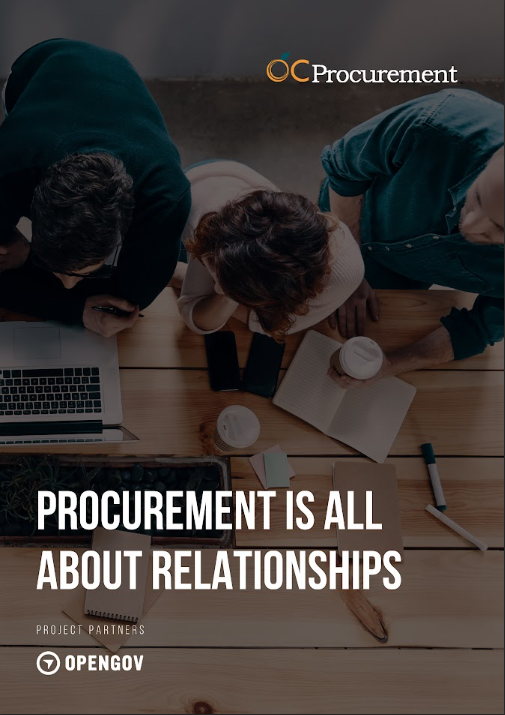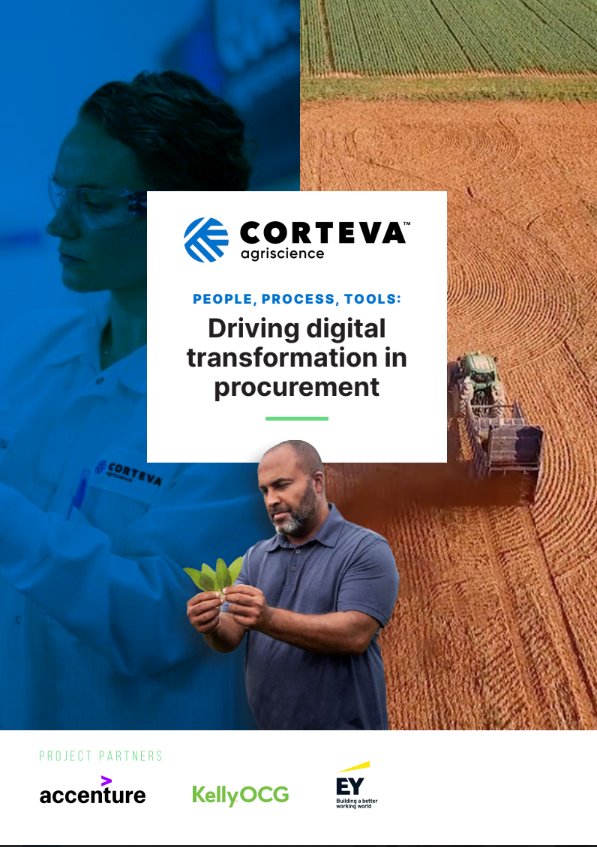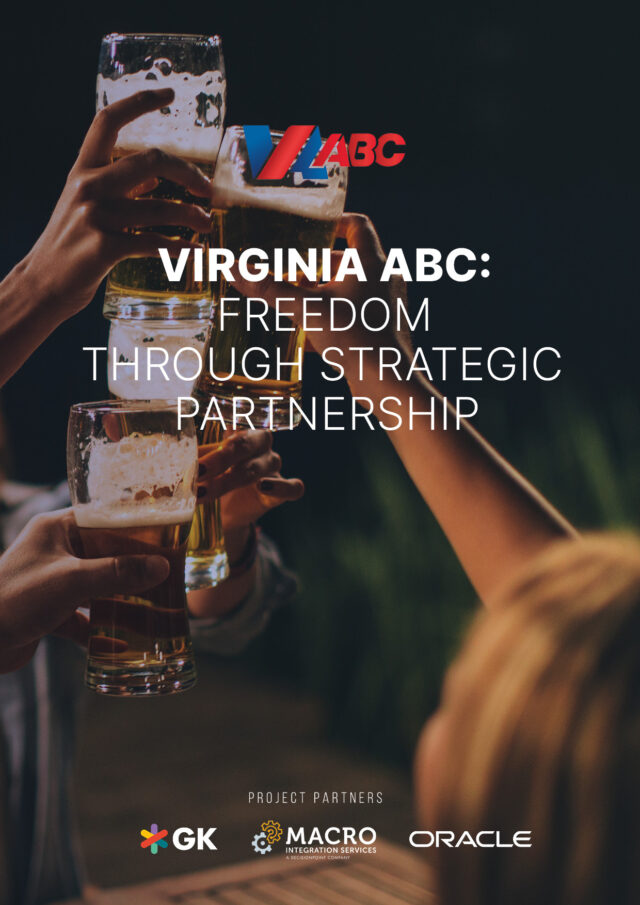Michelle Murphy, Superintendent of Rim of The World Unified School District, explores how a digitalisation of the classroom begins and ends with the success of the student in mind.
When we talk of the digital disruption of modern industry,our attention often turns to the private sector. We hear many great tales of how technology is transforming the world of the financial industry or how it is revolutionising the retail space, but what of the public sector? Technology is part of our everyday lives, so how is this reflected in a particularly key area of the lives of our children and that of future generations? How is technology redefining the education experience?
This is a question that Michellle Murphy, Superintendent of the Rim of The World Unified School District, has faced throughout her entire career. Starting out as an elementary school teacher, moving on to the role of Principal, then taking on the role of CTO before her current role as Superintendent, Murphy has been blessed with a full view of the education system and in particular, how technology can and should empower the experience.

“I always call myself the great translator for the normal educator,” she laughs. “I could navigate the line between the technologist’s perspective and what a normal principal would want to know about things like cybersecurity or what an access point is versus a router versus a server.”
It is this ability to act as a translator that forms part of her current role with Rim of the World Unified School District, a Southern Californian district of six schools that consists of a continuation high school, a regular high school, three elementaries and a middle school. When Murphy joined in 2016, her unique perspective of technology combined with the education ecosystem was key in defining the future of the district. Murphy recalls; “Our tech coordinator was really happy to have someone to talk to about technology who really understood it.”
When exploring the impact of technology in the private sector, the measure of success is often an increase in efficiency or enabling a seamlessness of process that ultimately leads to more cashflow and profit. For the education sector, the success of technology implementation is defined by one thing; the student. Murphy understands this. “We ask ourselves; have we given them the experience to make good decisions about college and career? If they’re not exposed to technology, are we deploying the technology that can help them make those decisions about what they want to be when I grow up, or even know what’s out there in the world,” she says.
“It’s about getting kids connected to the world, and providing them with tools that can connect them to what is out there beyond our little mountain. For us, this is key to enabling success in their lives.”
The need for technology is clear so then the question becomes one of capacity; does the education sector have the readiness and the capacity to embrace digital solutions that will disrupt the classroom experience? Over the last four years, Murphy has worked closely with the district to implement technologies and solutions where possible, but even she admits that it has not been without its challenges. It is here in particular that her experience as a teacher and a CTO comes to the fore. “I think a lot of times superintendents have an IT person in as an advisor to answer the questions they dont understand and advise on where the money should be spent on technology,” says Murphy. “Because I have taught at every age level and seen what is needed to transform those experiences, I can really support teachers and understand what the kids need and what we need in the classroom. It’s about making sure that we’re asking the right questions before we spend $100,000 on a platform.”
Murphy’s approach of asking the right questions and finding the right answers before investing money is in itself a challenging situation. Companies, and in this instance schools, need to stay in touch with the rapidly evolving technology trends of the world around them and so this can cause a sense of panic and a need to catch up or fall behind competitors. For the Rim of The World Unified School District, a small scale district that does not possess the large budgets that private businesses have at their disposal, any investment made in technology has to be the right investment. The risks are higher and Murphy, for all her experience, can’t make these decisions alone. “We’ve always looked at what platforms fit our needs that are cost effective over the long term. It’s about looking at what long term goals we have and then working with vendors that want to help us,” she says. “Relationships are really important and the vendors that answer questions and work with us to identify if their solution matches our needs, those are the ones that make a real difference for us and for our students.”

This approach has proven incredibly successful over her career and to this day she can still call a number of the vendors she works with and ask questions and identify what she needs before investing, purely because of the long term and ‘real’ relationships she has struck with them. “It’s just about asking for their opinion too,” she says. “It needs to be a two-way street. Not just what do I need, but what’s your opinion? We don’t ever want to be in a situation where they are recommending you the Cadillac that they know you can’t afford but the position you’re in means you are left with no alternative.”
Coming into any organisation and looking to make changes is a journey that has to start somewhere. The early days of identifying and outlining the road ahead have been described by many as some of the most challenging and Murphy concedes that those first steps for her were eye opening. In her previous role she had played a key part in the nationally recognised WiFi on Wheels program, an initiative that saw a number of school busses turned into mobile hotspots parked overnight at various sites across the Coachella Valley Community to provide WiFi access to students with limited home connectivity so that they can connect at home to work on their assignments.
In another successful program, Murphy worked with a tech team of 30 to deploy iPads to every single student of the Coachella School Valley District, in some cases deploying more than 1,000 iPads a day to ensure that the 18,000+ students had the equipment they needed to be able to succeed. These successes were not without their challenges, but a key part of those achievements came from collaboration and that starts from day one.
When Murphy sat down and began to discuss with her peers what was needed at the Rim of the World Unified School District, collaboration was something that had previously been lacking. “I met with every person that worked at the district office, because that was important to me,” she says. “I’d introduce myself and try to get to know them, but increasingly I found that a lot of the staff had never set foot in the office we were sat in,”
“That was not gonna fly with me. I am all about building relationships. My title may be different or even senior, but I’m no different than the technology person, the teacher, or the food service worker. We’re all on the same page to get the job done together.”
Murphy spent a lot of her early days understanding what she saw to be a limited use and understanding of technology. Where some would see this limited understanding as a problem Murphy saw it as an opportunity. For example, social media in the education sector can be a difficult beast and so Murphy has worked with her teams to look at a more efficient and effective way of using the likes of Facebook and Twitter that can ultimately benefit the school experience. Where social media was once a hue concern for Rim of the World, now it is used to promote the success of students and the good community work they do.
“It showed people that the approach was not for me to come in and say we are implementing change and this is my road or the high road. It’s about talking to people, modeling it and sharing my experience.”
Murphy recalls wanting to include videos of staff and students doing great things for the community in her weekly superintendents report, but as a result of that initial lack of technology experience throughout the district she didn’t have anyone who could film them for her. Her solution? Take it upon herself to do it.
“Sometimes it means putting yourself out there and being vulnerable. I’m going to do it, so if I can do it, anybody can do it,” she says. “I always bring it to people not as a command but as a request to say; let’s make our life easier through technology.”
When working with technology, one can be forgiven for focusing solely on the successes. When money is invested, people need to see returns on that investment. Murphy has a different take and while she admits that success speaks volumes, the missteps or false starts speak loudest.
When Murphy joined the district, she inherited a platform that had previously been purchased prior to her starting. This platform was aimed solely at the students but was expensive and highly labour intensive for the teachers to navigate resulting in teachers outright refusing to use it entirely. Murphy gathered the teachers together and asked them what they thought about it, why it wasn’t the best solution and what they needed from a platform to be able to do their jobs better and work with the students. “You have to be able to listen to the people that are actually using it,” she says. “ Then you find the right answers together, because I am not in that world every day so how could I make that decision for them?”
The biggest stakeholders for Rim of The World are the students. So how does it ensure that they are at the very heart of everything it does and that decisions are made because they want and need it ? For Rim of the World, there is a great solution to this and once again, it’s built around listening. “We don’t just purchase a textbook without the teachers piloting several and then picking their own,” explains Murphy.
“But again, it’s important to touch base with the people and the kids that are using it. I have a couple of committees and I have a high school kid on every one. We have a high school kid that’s on our school board, we have a high school kid that’s on the COVID taskforce, I have a high school student on my ABC team, which stands for Always Be Communicating that looks at social media and how we’re being portrayed and what can we do to portray ourselves in a better light. I think it’s incredibly important to listen to the kids too.”

2020 has been a year in which the world has been devastated by the COVID19 pandemic. With major losses to life and to business, countries the world over have had to enforce major restrictions in order to mitigate the challenges the virus is causing even now. Lockdowns and quarantines have forced business and schools to close their doors, but as the old saying goes there is strength through adversity. Murphy speaks to the way in which the challenges thrown at her and the schools have actually presented an opportunity to move forward quicker than ever before. “The school board is my boss and they’re very familiar with my tech background and they trust me with our technology purchases, “ she says. “They set me a certain goal back in May that would have taken around five years to complete and we have actually done that this year. It’s done.”
Elsewhere, Murphy recalls how the Teachers On Special Assignment (TOSA) that she has across the district have spoken of their disbelief at just how quickly teachers have been equipped with the tools and the skillset to use Google Classroom, something that wasn’t on the agenda for 2020.
“The technology that we were trying to purchase for the next five years would potentially be outdated by the time we got it because there was no refresh cycle” adds Murphy. “All of that is already purchased or on its way. We have 400 hotspots arriving soon to get kids connected at home. Quite frankly, all of these things wouldn’t have happened. It’s quadrupled the speed of implementation which is fantastic, but it’s important to remember that all of this is to ensure the safety of our students without jeopardizing their education.”
Four years into this journey and the mentality remains the same for Murphy and her teams across the district; listen. Through difficult circumstances, she has been able to take stock of what has proven successful in her time so far with Rim of The World and despite the implementation of technology coming quicker than she could have possibly anticipated, she can’t rest on her laurels and call it a day. Each day is a new opportunity to listen and to learn for Murphy. “Now it’s about really taking a look at the implementation,” she says. “Looking at what’s working and what isn’t, and how can you make technology engaging? Because yes we’ve moved teaching forward but is it engaging? Are kids learning? What are their grades looking like? What are our graduation rates going to look like? What could we do better?”
While the future of the world remains uncertain, what is clear is that Murphy and Rim of the World have a clear picture of what matters most to them and that is the success of the student. While money may come and go, the main thing for Murphy is that the right decisions are made and the right technology is in place to offer the best possible education experience for their students. But the education doesn’t start and stop with the students themselves, as Murphy notes; “In our position, we must never stop learning or being open to learning,”
“Your way isn’t always the right way. I had a conversation with my assistant superintendent yesterday and I said; ‘Now, if you don’t agree with me, I expect you to tell me and I expect you to tell me why and it’s okay.’ You have to keep learning and that’s what we truly believe here at Rim of The World Unified School District.”









